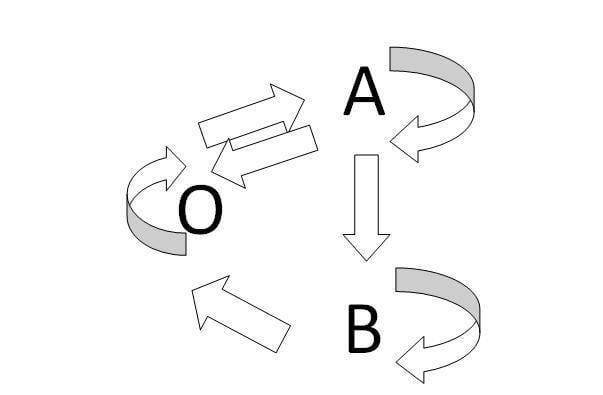 | ||
Ecological succession can be understood as a process of changing species composition within a community due to an ecological disturbance, and varies largely according to the initial disturbance prompting the succession. Joseph Connell and Ralph Slatyer further developed the understanding of successional mechanisms in their 1977 paper and proposed that there were 3 main modes of successional development. These sequences could be understood in the context of the specific life-history theories of the individual species within an ecological community.
Contents
The 1977 study
Connell and Slatyer chose to focus on autogenic succession, which occurs on newly exposed landforms and is initiated by changes from within the community rather than a geophysical transformation. They targeted plant and immobile aquatic organisms that demanded the greatest surface area within an environment and could modify the physical landscape. They defined community as “the set of organisms that occur together and that significantly affect each other’s distribution and abundance.”
The Models
The key factor distinguishing the three models is how the process of succession affects the original, pioneer species (i.e. their relative success in later-successional stages).
Facilitation Model
Based on the assumption that only particular species with qualities ideal for “early succession” can colonize the newly exposed landforms after an ecological disturbance.
Tolerance Model
In this case, new pioneer species neither inhibit nor facilitate the growth and success of other species. The sequences of succession are thus entirely dependent on life-history characteristics such as the specific amount of energy a species allocates to growth.
Inhibition Model
Earlier successional species actually inhibit growth of later successional species and reduce growth of colonizing species already present.
